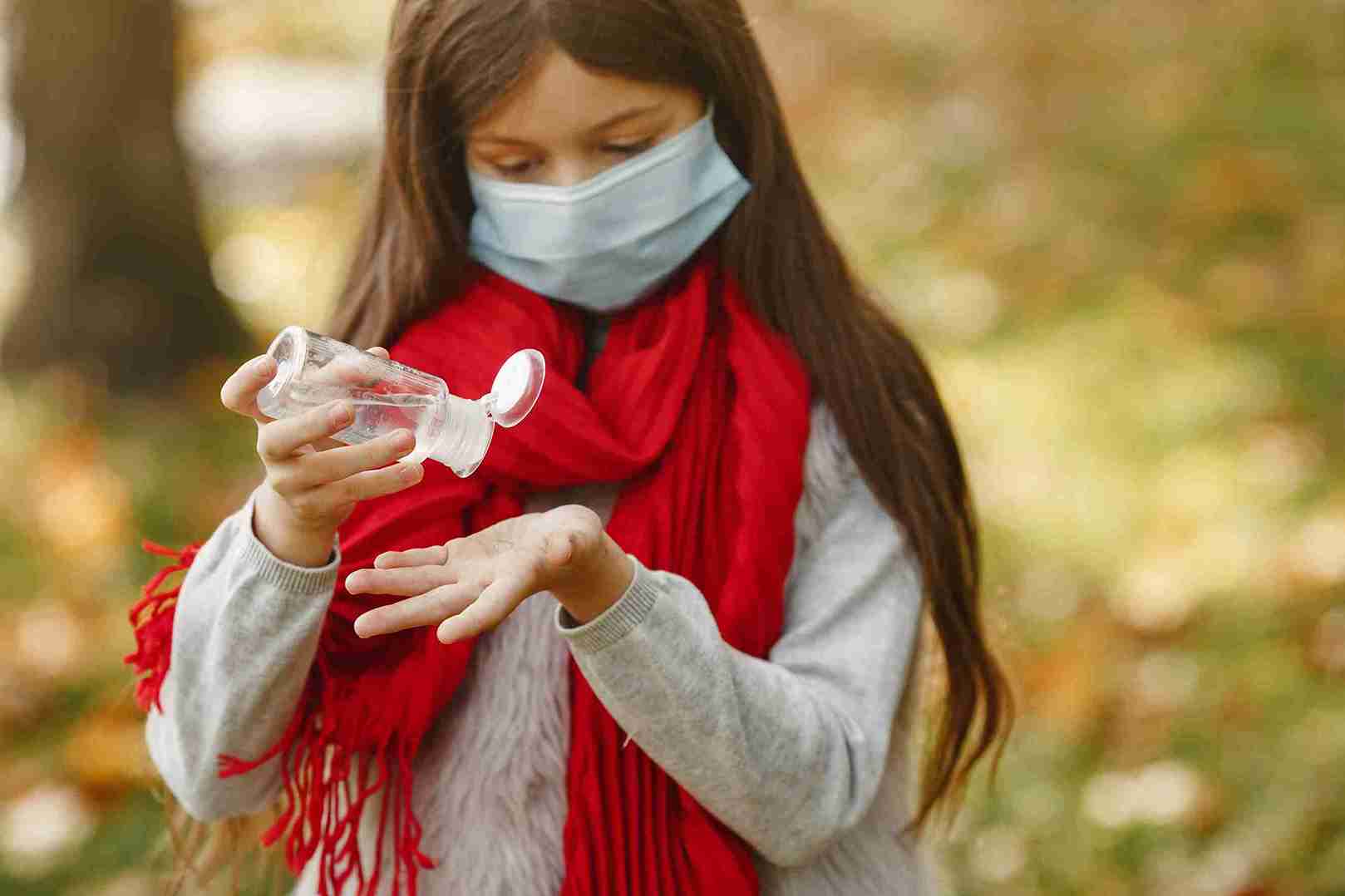
Tomato flu, or tomato fever, is a new viral disease that mainly occurs in young children. Initially reported in some areas of India, particularly Kerala and Tamil Nadu, the disease got its name from the typical red, round blister resembling a tomato on the skin. Although the disease is generally not life-threatening, the symptoms can be unpleasant as well as worrying for parents and caregivers. With its increasing incidence and high likelihood of spreading quickly, awareness about tomato flu should be raised for early detection, treatment, and control.

Tomato flu is thought to be caused by a viral infection, possibly one related to recognised viruses such as coxsackievirus or enteroviruses, both of which are endemic in children and linked to hand, foot, and mouth disease (HFMD). The disease results in significant red rashes or blisters that resemble tomatoes. Although the infection is seen to have some similarities with HFMD, chickenpox, and even dengue, tomato flu is at present thought to be a self-limiting condition.
Children under five are mostly affected, though cases in older children have also been identified. Tomato flu is not fatal, but it is highly infectious and spreads rapidly in crowded areas.
The tomato fever symptoms may differ from child to child, but these are the most frequently reported:
● Red, sore blisters or rash, seen on the hands, feet, and mouth.
● Mild to moderate fever, developing alongside other symptoms.
● Fatigue and a general sense of body weakness.
● Aching muscles and joints, sometimes causing walking discomfort.
● Persistent or recurring headaches of varying intensity.
● Nausea accompanied by occasional vomiting episodes.
● Loose stools or diarrhoea, though not always present.
● Swollen joints that may cause movement discomfort.
Early recognition of the symptoms of the tomato flu virus symptoms is important to stop the transmission and secure supportive management. On occasion, infants may also be irritable or not eat because they are uncomfortable from the rashes and mouth sores.

The actual cause of tomato flu is not yet determined, but it is commonly suspected to be due to a viral strain, perhaps related to enteroviruses or coxsackievirus. This underlines the need for understanding tomato fever causes and taking preventive measures in groups.
The disease is transmitted by:
● Close contact with the patient.
● Respiratory droplets while coughing and sneezing.
● Direct contact with contaminated items such as toys, doorknobs, or cutlery.
● Sharing personal belongings, including towels, bottles, and garments.
Kids are especially susceptible due to their frequent contact with other children and their still-developing immune system.
There is no vaccine as yet for tomato flu, but there are many preventive measures that can decrease the likelihood of infection:
● Good hand hygiene: Promote frequent washing of hands with soap, particularly after defecation or playing outside.
● Maintain distance from infected individuals: Keep sick children away until they are completely recovered.
● Disinfect frequently touched areas like toys, tables, and door handles.
● Do not share individual items like water bottles, handkerchiefs, or eating utensils.
● Keep sick children at home from school or daycare.
These tomato fever precautions are crucial for families, schools, and caregivers to minimise the transmission of the virus. Enforcing home and school hygiene practices can go a long way in cutting down the spread rate.

There is no specific antiviral treatment for tomato flu yet. The majority of cases resolve on their own in 7 to 10 days with supportive treatment. Here's how to treat it at home:
● Ensure proper hydration: Provide ample fluids to avert dehydration, particularly if the child has diarrhoea or fever.
● Utilise fever reducers: Paracetamol (acetaminophen) will reduce fever and ease body aches. Do not administer aspirin to children.
● Use soothing lotions or take warm baths: This should ease skin irritation from rashes (only with medical advice).
● Rest: Get children to rest and keep them from physical activity until symptoms resolve.
● Keep a close watch on the child for deteriorating symptoms or secondary infections.
It is advisable to consult a paediatrician prior to initiating any treatment. Keep in mind that even though the virus is self-limiting, dehydration or a high fever should be attended to medically.
While tomato flu is generally mild, some tomato fever symptoms can signal a visit to the doctor:
● High fever for over 3 days
● Trouble breathing or swallowing
● Blistering spreading rapidly
● Dehydration symptoms (dry mouth, sunken eyes, reduced urine output)
● Neurological symptoms, like confusion, irritability, or seizures, though uncommon
If any of these symptoms arise, get medical attention at once. Prompt treatment prevents complications and promotes safe recovery.
Cloudnine is committed to providing high-quality pediatric and family healthcare with a warm, contemporary, and science-supported approach. What makes Cloudnine special is its steadfast commitment to personalised care customised for every child's needs.
Whether it’s a common viral illness like tomato flu or complex pediatric infections, Cloudnine’s team of skilled paediatricians, infection control specialists, and nursing staff work together to ensure thorough diagnosis, round-the-clock support, and continuous follow-up. The hospital's child-friendly infrastructure, hygiene standards, and transparent communication make it a reliable partner in every step of a child’s recovery journey.

Tomato flu might be a new and unfamiliar viral infection, but its symptoms and transmissibility are something to worry about, particularly in young children. Even though the disease is usually not severe, early diagnosis and proper treatment can greatly affect the recovery time and the ease of recovery. Identifying tomato flu virus symptoms, taking precautions against tomato fever, and medical treatment when necessary are the chief pillars of successful management.

The initial symptoms are usually fever, tiredness, and red rashes or blisters on the skin that look like small tomatoes, usually on the hands, feet, and mouth.

Most kids get over it between 7 and 10 days with adequate rest and supportive treatment. The time may be shorter or longer based on the individual's immune system.

Although tomato flu mostly occurs in children below 5 years of age, there have been a few instances in adults. Adults tend to be less prone because they have a well-developed immune system.

Spicy, oily, and difficult-to-chew foods should be avoided because they may make mouth sores worse. Soft, bland, and fluid foods such as soups, rice, and fruit juices are suitable.